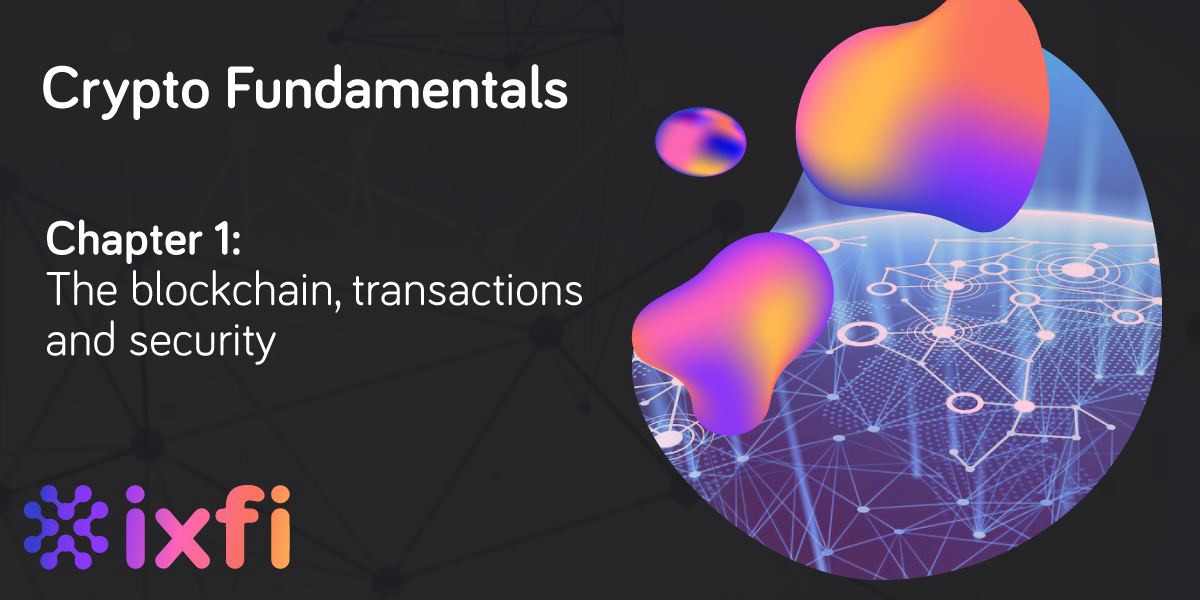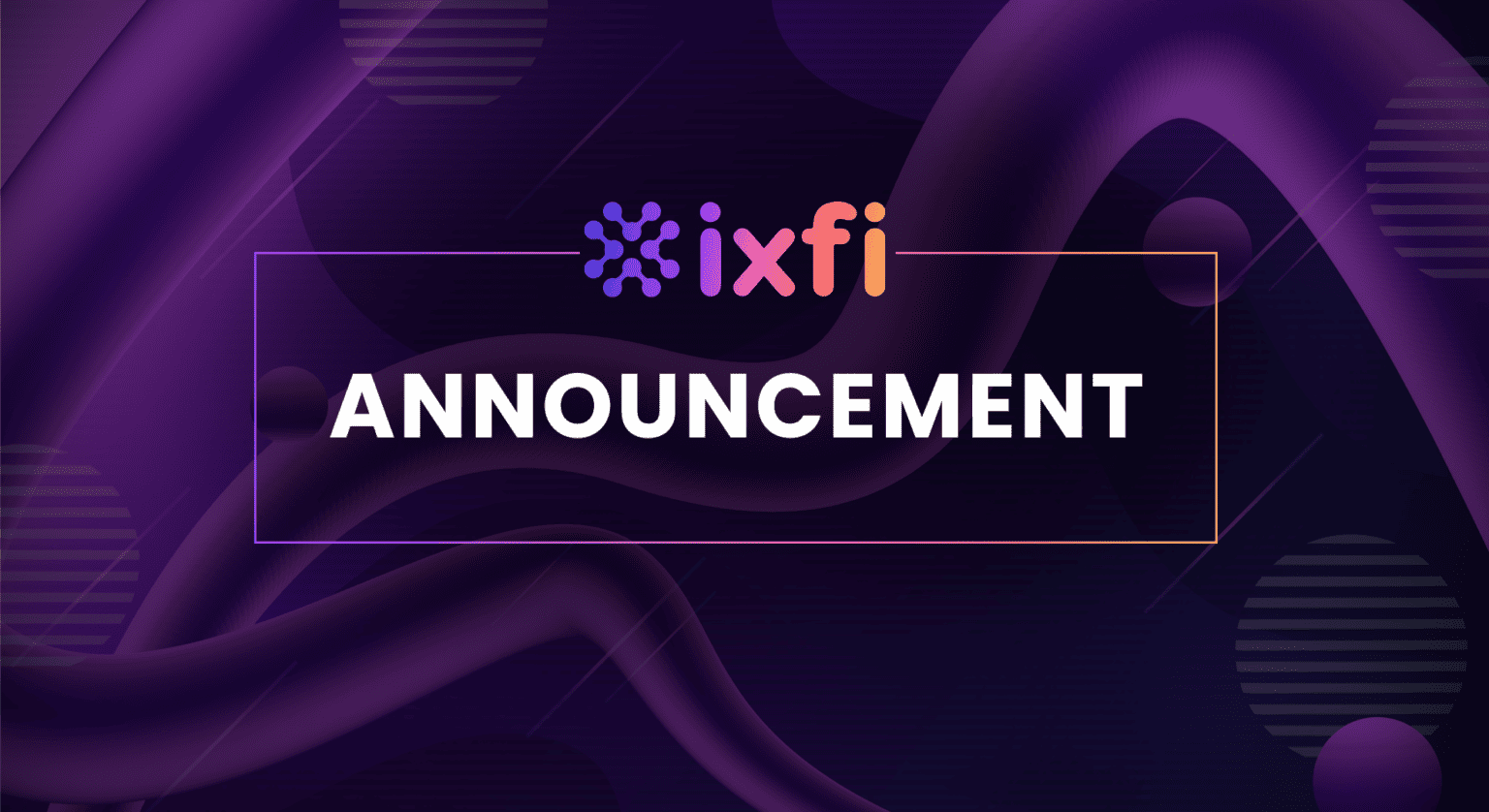If you are one of those people who still have lots of questions about the crypto world and you’re not sure if it’s the right thing for you, you came to the right place.
Through our series, Crypto Fundamentals, we want to equip you with the basic necessary knowledge to succeed and to thrive in your trading.
In this first article, we will be covering some of the basics of cryptocurrency, namely what are the differences between cryptocurrencies and fiat money, we’ll explain what blockchain technology is, how crypto transactions work and what exactly makes them safe. In short, when you start thinking of investing at some point in your life, you will find this guide useful. So, let’s stop wasting valuable time and get started!
As you may know by now, cryptocurrency is a type of currency that can be used in the virtual realm. There are no banknotes in crypto; no coins, no bank accounts, and this is because it’s not part of a centralized banking system. Cryptocurrencies like Bitcoin, Ether, Dogecoin, Cardano, and so on, are not controlled by the government or banks. This means that when you make a transaction, intermediaries are not necessary because you are ultimately the one who pulls the strings. If you’re wondering how this works, we’ll put your questions to rest shortly.
Blockchain and Transactions
Cryptocurrencies are constructed around blockchain technology. What is that, you ask? The blockchain can be viewed as a database. As the name suggests, it’s a ‘chain’ of ‘blocks’ where information is stored, but, of course, there’s much more to it. This technology is extremely special because it acts as a public ledger, so everyone can see and follow the transactions and validate them, which creates transparency for everyone and removes the possibility of potential trust issues between the parties involved.
In the case of a centralized banking system, transactions depend on intermediaries such as banks or other financial institutions. Many consider these institutions safe enough to take care of their assets. However, there are also a lot of people who don’t trust the banking system in their country, and keeping fiat money at their houses is also a bad decision due to the dangers posed by thieves or natural disasters. For these people, and not only for them, owning cryptocurrencies is the best option out there to secure their assets.
Other advantages include little to no transaction costs, the lack of withdrawal limits, the fact that transactions are handled faster (including the international ones), as well as immutability, which means that the recorded transactions can’t be deleted or changed, making them impervious to tampering, therefore ensuring they are more secure and reliable.
Security
To better understand why the blockchain is so secure, let’s dive deeper into its operational system. Imagine the ‘block’ from the blockchain as having three main components:
· the data;
· the hash;
· the hash of the previous block.
The data contains information about the transaction, for example, the sender, the receiver, and the number of crypto coins used. The hash is a function that identifies each block with a unique code. It’s similar to the serial number on each printed money bill. The third component is the one that creates the ‘chain’ of blocks because it contains the hash of the previous block. What is very important is the fact that if a change is made inside a block, its hash changes as well, making all previous blocks invalid. This technique is designed to prevent anyone from tampering with the blockchain.
In addition to this, there is a mechanism called proof-of-work that is also meant to secure blockchain technology. This is designed to slow down the creation of other blocks. And because the system is not centralized but based on a peer-to-peer network, all the computers (called nodes) from that particular blockchain will verify the new block to see if it’s legit or not. They all create what is known as consensus, and they agree or disagree with the validity of each block. So, hackers have a really hard time dealing with all these security measures, making your digital wallet safe.
Now that you are aware of how crypto transactions work and how secure they are, keep reading to find out the difference between crypto coins and crypto tokens.
Coins vs. Tokens
You probably came across these terms in your crypto journey and weren’t sure what’s the difference. They are both types of cryptocurrencies, but they differ in some aspects.
1. Coins have their own blockchains. For example, Bitcoin is the currency unit of the Bitcoin network, and Ether is the currency unit of the Ethereum network. These networks are hard to make and it takes a long time to create the code that will make the network as safe as possible. In contrast, tokens operate on other cryptocurrencies’ networks and they can be made very fast. That is why there are tens of thousands of tokens and only a few coins.
2. Coins represent virtual money and they are meant as a store or exchange of value, while tokens represent assets or deeds (which is why they are sometimes called cryptoassets). This is why when we make transactions using crypto coins, only the account balance changes, and no money is transferred anywhere. When making transactions with crypto tokens, they physically move places.
3. You can earn more coins by mining, a process that involves validating cryptocurrency transactions. You can earn tokens through a process called initial coin offering (ICO). So, you can buy tokens using coins, specifically Bitcoins or Ethers.
That’s the gist of it regarding these basic concepts of the industry.
Seeing as how crypto trading is becoming more and more popular and we seem to be heading towards a completely digitalized future, it’s very important to have access to the necessary information. That is why we at IXFI Academy are making efforts towards preparing our readers for what’s to come in the digital world so that they don’t miss out on the opportunities created by this new phenomenon taking over.
This is good news because you can now be more confident in your knowledge about the blockchain, crypto transactions, and how secure they are.
Good luck on your journey and allow IXFI to take you to where you want to be.
Disclaimer: The content of this article is not investment advice and does not constitute an offer or solicitation to offer or recommendation of any investment product. It is for general purposes only and does not take into account your individual needs, investment objectives and specific financial and fiscal circumstances.
Although the material contained in this article was prepared based on information from public and private sources that IXFI believes to be reliable, no representation, warranty or undertaking, stated or implied, is given as to the accuracy of the information contained herein, and IXFI expressly disclaims any liability for the accuracy and completeness of the information contained in this article.
Investment involves risk; any ideas or strategies discussed herein should therefore not be undertaken by any individual without prior consultation with a financial professional for the purpose of assessing whether the ideas or strategies that are discussed are suitable to you based on your own personal financial and fiscal objectives, needs and risk tolerance. IXFI expressly disclaims any liability or loss incurred by any person who acts on the information, ideas or strategies discussed herein.



